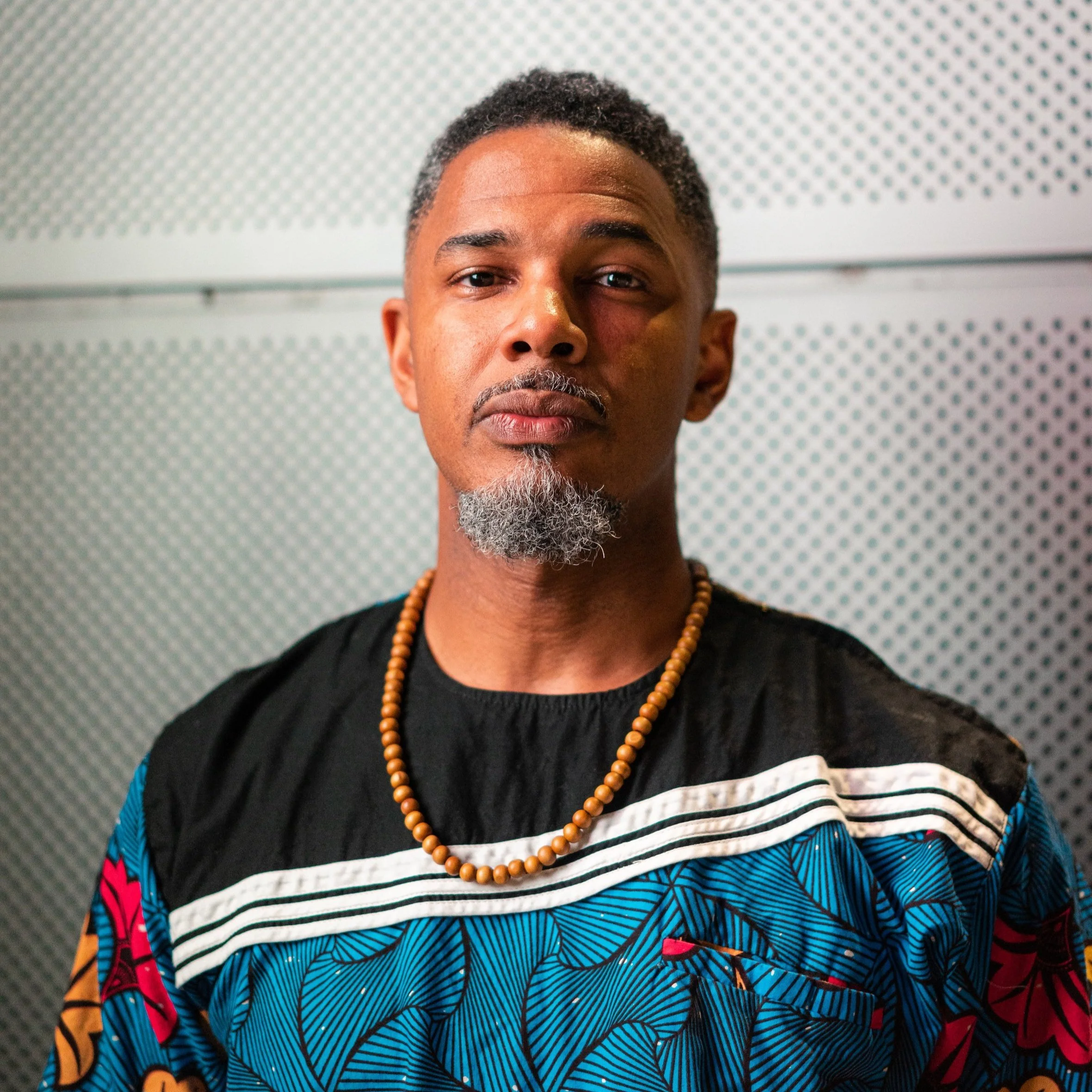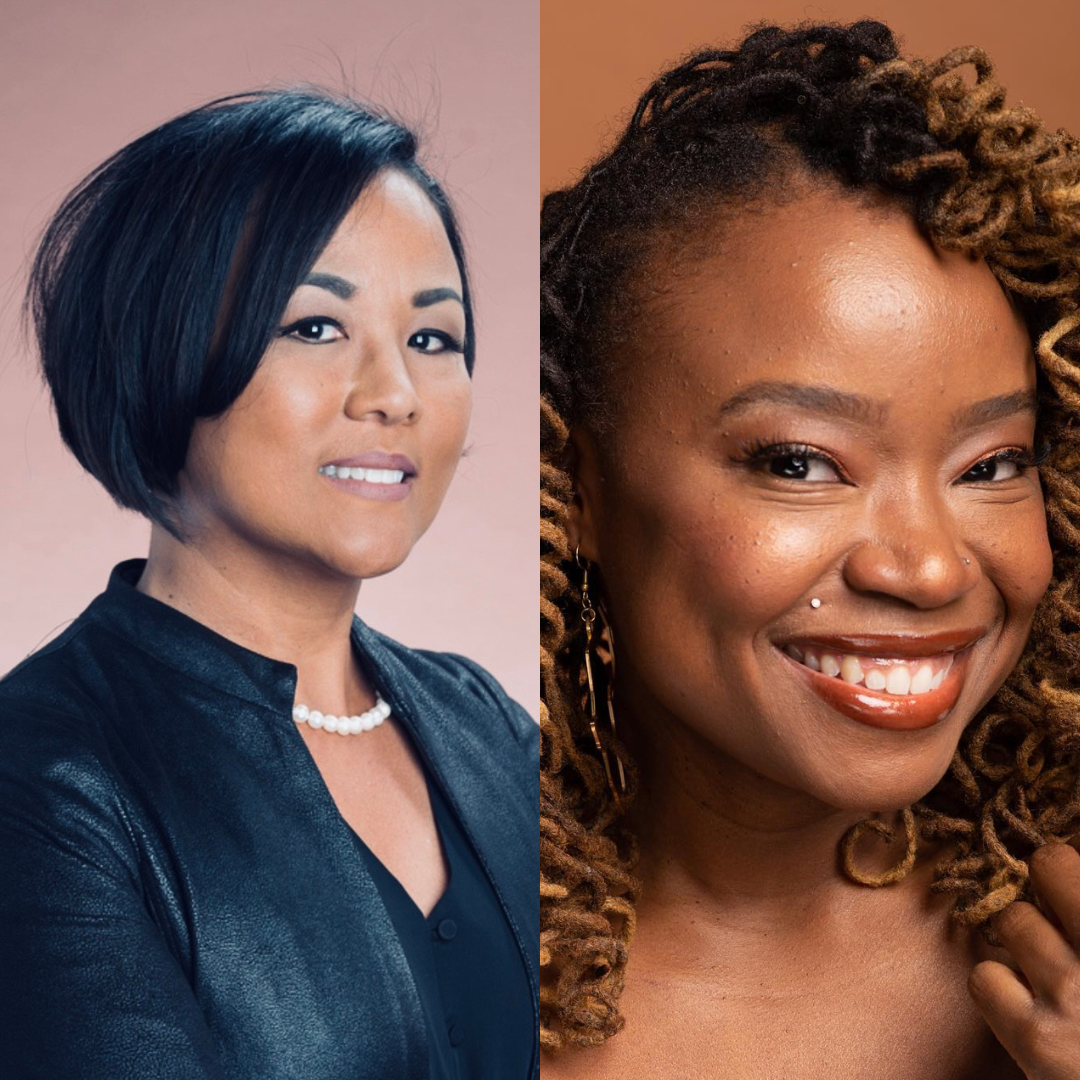Breaking Barriers: Conversations on Access, Art, and Truth | Something to Say (03-11-2025)
On the podcast “Something to Say,” three recent conversations reveal how activists, artists, and preservationists are reshaping our understanding of accessibility, representation, and historical truth.
In a world where representation and accessibility often take a backseat to mainstream narratives, three powerful conversations highlight the ongoing fight for inclusion, understanding, and cultural preservation. From disability rights activism to youth poetry and historic preservation, these stories illuminate the diverse ways people are working to create a more equitable society.
Leroy F. Moore's journey as a disability rights activist didn't happen in isolation—it was shaped by the intersection of his lived experience and the activist foundation laid by his parents. Growing up in a household where advocacy was part of daily life, Moore understood early on that fighting for justice wasn't optional; it was necessary.
When speaking with host, Mazi Mutafa, Moore discusses how his work work addresses a critical gap in both disability advocacy and racial justice movements: the disproportionate challenges faced by disabled people in the Black community. While disability affects people across all demographics, systemic inequalities mean that Black disabled individuals often face compounded barriers when seeking proper care and support for their needs.
Through his leadership in the Krip-Hop community, Moore has helped create a space where disabled members of the hip-hop culture can continue participating in and contributing to the art form they love. This isn't just about inclusion—it's about recognition that disability doesn't diminish artistic ability or cultural relevance. The Krip-Hop movement represents self-advocacy at its finest, with disabled artists speaking for themselves rather than being spoken about.
Youth poet Amasa Maleski's story demonstrates how creative communities can nurture and shape emerging talent. In conversation with Patrick Washington, Maleski emphasized the profound impact of mentorship and peer support in artistic development.
"Foremost I do want to shoutout the 2020 DC Youth Slam Team because those four women were so crucial in my poetic growth," Maleski shared.
This acknowledgment highlights something often overlooked in discussions of artistic success: the collaborative nature of creative growth and the importance of community in developing one's voice.
Maleski's recognition of the four women who shaped their poetic journey speaks to the ripple effect of supportive creative spaces. When young artists have access to mentorship and community, they don't just improve their craft—they learn to lift others up in return.
Omar Eaton-Martinez brings a unique perspective to historic preservation as Senior Vice President for Historic Sights at the National Trust for Historic Preservation. His career path—from school teacher to NASA employee to the US Park Service, and beyond—demonstrates how diverse experiences can enrich one's approach to cultural stewardship.
Throughout his work, Martinez has prioritized making historical spaces accessible to disabled visitors, understanding that true preservation means ensuring everyone can engage with our shared history. This commitment extends beyond physical accessibility to encompass the stories being told and how they're presented.
Martinez challenges common misconceptions about American slavery, particularly the notion that it was confined to rural plantations. His work with sites like the Decatur House in Washington, DC, reveals how slavery permeated urban centers, complicating the sanitized narratives many Americans prefer to believe about their nation's past.
His observations about museums as "contested spaces" underscore a crucial point: whose stories get told, how they're presented, and who gets to participate in that storytelling process are all political decisions. By designing spaces that welcome all visitors rather than catering to a specific demographic, Martinez advocates for a more inclusive approach to historic preservation.
These three conversations, while covering different fields, share common themes that speak to broader social justice concerns. Whether it's Moore fighting for disabled people's right to healthcare and cultural participation, Maleski celebrating the women who nurtured their artistic growth, or Martinez working to make historical truth accessible to all, each story emphasizes the importance of inclusion and representation.
The work of these individuals reminds us that progress isn't just about grand gestures or policy changes—it's also about the daily work of creating spaces where everyone can participate, contribute, and be heard. From the Krip Hop community's self-advocacy to youth poetry circles' mentorship to accessible museum design, these efforts collectively build a more equitable society.
As we continue to grapple with questions of representation, accessibility, and historical truth, the voices and work of people like Moore, Maleski, and Martinez provide both inspiration and practical models for change. Their stories demonstrate that when we center the experiences of those who have been marginalized, we don't just help individuals—we strengthen our entire community's capacity for understanding, empathy, and justice.
Something to Say is recorded live on Washington, DC’s Radio Station WPFW 89.3 and is produced by Words Beats & Life Inc.




